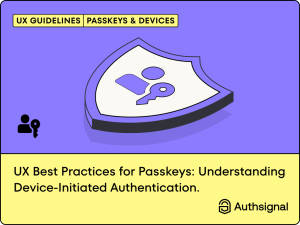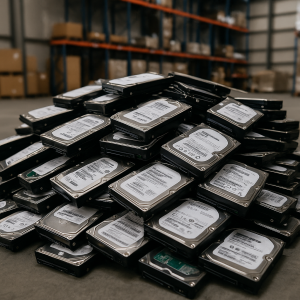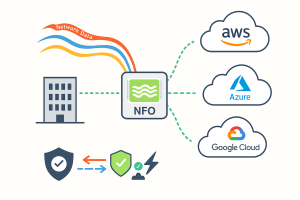In today’s digital landscape, a single security breach can have devastating consequences for businesses. With more employees working remotely than ever before, safeguarding sensitive data is no longer optional—it’s essential. The key? Implementing robust processes that secure every piece of information entering or leaving your company.

The Rise of Remote Work and Its Impact on Security
Remote work is here to stay. In fact, 58% of U.S. employees now work remotely at least half the time. While this shift offers flexibility and productivity benefits, it also introduces new risks—especially if your company’s security protocols aren’t built to support a remote workforce.
Protecting remote assets starts with a strong strategy. That includes establishing a reliable chain-of-custody for devices, and equipping each endpoint with protective software to guard against unauthorized access. In this article, we’ll explore practical steps you can take to protect your data and keep your network secure in a remote-first world.
What Is a Security Breach?
A security breach occurs when an unauthorized individual gains access to a company’s digital systems. These intrusions typically exploit a vulnerability in the network—often through a single, unprotected endpoint. Once inside, removing the threat can be extremely difficult.
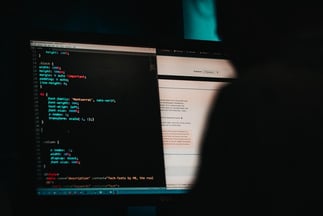
It’s important to distinguish between a security breach and a data breach:
-
A security breach involves unauthorized access to your systems.
-
A data breach involves the transmission of confidential data out of your network.
Understanding the difference helps businesses respond appropriately and in compliance with legal and regulatory standards.
Remote Work and the New Attack Surface
Remote work expands the attack surface for cybercriminals. When employees take work devices home and connect through unsecured home networks, those endpoints become high-risk entry points.
These home setups rarely offer the same level of protection as in-office infrastructure. As a result, attackers are increasingly targeting these remote endpoints to access company data.
Why Endpoint Devices Are Prime Targets
Endpoint devices—laptops, desktops, mobile devices—are the gateways to your corporate network. If one is compromised, it can serve as a launchpad for an attack on your entire system.
Here’s why cybercriminals love targeting endpoints:
-
Employees may use weak passwords.
-
Devices might connect to public or unsecured Wi-Fi.
-
Lack of up-to-date security software makes them vulnerable.
One highly effective defense is a Virtual Private Network (VPN), which encrypts traffic even over untrusted connections. But VPNs alone aren’t enough.
To fully protect endpoints, you need tools that ensure:
-
Encrypted communication.
-
Strong authentication.
-
Regular monitoring and compliance checks.
Securaze helps companies achieve just that—with tools specifically designed to secure remote operations and eliminate vulnerabilities across your digital ecosystem.
How Companies Can Stay Secure
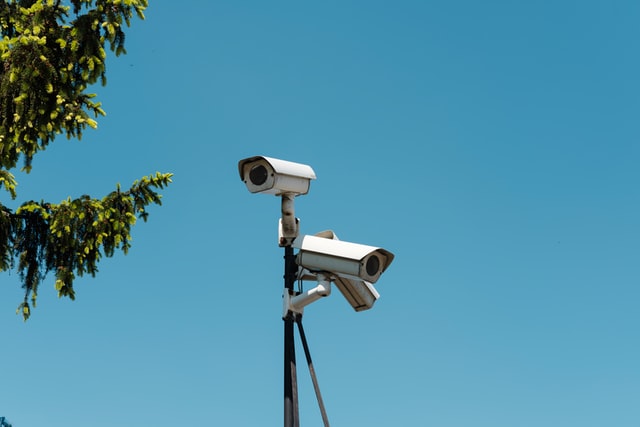
Thinking about strengthening your cybersecurity policies? Great. Here are three key areas to focus on:
✅ 1. Guarantee a Secure Chain-of-Custody
Track and manage devices through every stage of their lifecycle, especially at end-of-life. Securaze provides intuitive tools for secure, compliant erasure—both online and offline—to eliminate risks associated with data in transit.
✅ 2. Maximize Data Security
Centralized control is vital. With Securaze, you can securely delete data across multiple devices from one dashboard—without exposing your network. Our platform ensures deletion signals don’t inadvertently create new vulnerabilities.
✅ 3. Optimize Asset Management
Overlooked assets are often the weakest links. Securaze integrates seamlessly with tools like ServiceNow, Intune, and Active Directory, making asset management efficient and secure. Our low-impact integrations ensure your workflow stays intact while enhancing your visibility and control.
Best Practices for Securing Remote Workforces
If you’re managing a remote or hybrid workforce, a proactive approach is key. Consider a professional Remote Ops audit from Securaze to assess your current setup and identify gaps.
Here’s what we offer:
-
Secure, traceable data erasure procedures.
-
Monitoring tools to keep an eye on sensitive data.
-
A Remote Ops platform built to secure endpoint devices—no matter where they are.
Unlike other providers, Securaze only charges for successful data erasures—ensuring cost efficiency without compromising security.
Final Thoughts
The future of work is flexible—but your cybersecurity approach can’t be. As endpoints become more dispersed, they also become more vulnerable. Protecting them is essential to keeping your business safe.
With Securaze, you gain peace of mind knowing that your remote workforce is secure, your data is protected, and your assets are fully compliant—no matter where work happens.
About DT Asia
DT Asia began in 2007 with a clear mission to build the market entry for various pioneering IT security solutions from the US, Europe and Israel.
Today, DT Asia is a regional, value-added distributor of cybersecurity solutions providing cutting-edge technologies to key government organisations and top private sector clients including global banks and Fortune 500 companies. We have offices and partners around the Asia Pacific to better understand the markets and deliver localised solutions.
How we help
If you need to know more about The Security Risks When Working From Home, you’re in the right place, we’re here to help! DTA is Securaze’s distributor, especially in Singapore and Asia, our technicians have deep experience on the product and relevant technologies you can always trust, we provide this product’s turnkey solutions, including consultation, deployment, and maintenance service.
Click here and here and here to know more: https://dtasiagroup.com/securaze/

